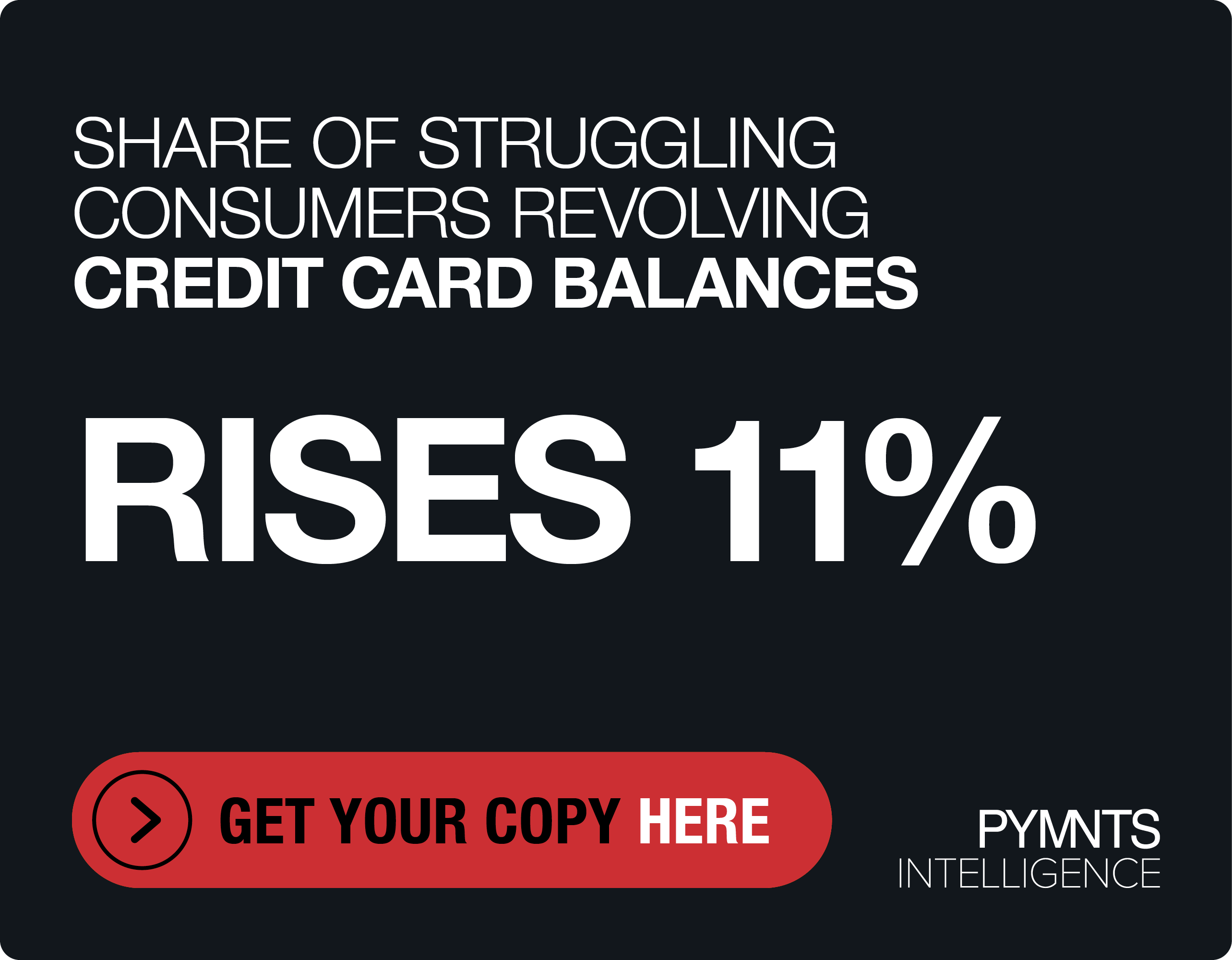HungerRush CFO Says Finance Team’s Biggest Customer Is the Business

Changing trends in the restaurant industry have created new opportunities for modern solutions.
Similarly, shifting trends across the broader economic landscape have transformed the chief financial officer (CFO) role from that of bean counter to a business partner supporting critical decisions with valuable, data-driven insights.
“I think CEO [chief executive officer] and CFO chemistry is critical,” David Tabachnick, CFO at cloud-based software provider for the restaurant industry HungerRush, tells PYMNTS.
Tabachnick adds that, as CFO, because he is responsible for evaluating the bones of the business and the technology of the business, seeing team-based success and finding the right balance between profitability and growth is what excites him most about the evolving responsibilities of the role.
“I lift up the hood and I look at the engine,” he says. “Our finance department, if you ask me who my customer is — I would say it’s the business [itself].”
The Growing Importance of Internal Cross-Pollination
Success isn’t linear; it scales, and Tabachnick emphasizes that when it comes to strategic decision making the sum of internal management is greater than its parts.
“The CFO crosses beyond just finance to help the rest of the organization figure out scalability. When you have a relationship that’s [also] a partnership, you naturally want people to have opposing goals — because when you land on the same place, you know it’s the right answer,” he said.
There are three functions that cut across all the other departments: finance, legal and human resources (HR).
“Those three touch every other aspect of the business … a business structure that’s siloed, I think that’s a problem,” Tabachnick said.
Critical to effective and efficient cross-pollination across departments is leveraging data for strategic guardrails and growth points.
“I work with our COO, CRO, the other heads of [HungerRush’s] departments to create dashboards and surface data that can help [us all] make informed decisions to help the business be more successful,” Tabachnick said.
He notes that there is a “million different directions” data can go these days, and underscores the importance of balancing speed and accuracy. “If you want me to give you a number in a day, or right now, that’s fast but it won’t be too accurate — in 30 days, it will be accurate but stale. So putting tools or KPIs in place helps the business, and that’s what [the finance department] tries to do.”
Read more: Inflation Makes Technology Table Stakes for Restaurants
From automated payroll and staff scheduling solutions, to cloud-based point-of-sale (POS) systems, technology can help restaurants automate and streamline critical aspects of their business.
Research in the March 2023 PYMNTS report, the “Money Mobility Tracker,” finds that software can help save restaurants 20 hours per week in tedious administrative tasks.
Yet 81% of independent restaurants are still using legacy POS systems, which are often incompatible with solutions that could reduce staffing and cost problems.
“It’s a massive return on investment (ROI) … if restaurants are having a hard time hiring, or the labor force isn’t there, they can still scale and increase their profits. It helps restaurants be successful,” Tabachnick said of his own company’s solutions.
Even as the industry recovers from the pandemic and works to adapt to the rise of digital-first experiences and hybrid channels, PYMNTS data shows that restaurants remain embroiled in new troubles as 62% lack the staff to support existing demand.
Beyond staffing concerns, ongoing high inflation and supply chain issues have separately increased eateries’ operational costs, forcing most restaurant owners to raise prices.
Elevated costs, in turn, appear to be harming customer satisfaction, as 29% of consumers say they are tipping less because they perceive a gap between the cost of a meal and their satisfaction.
Still, when asked what he’s most excited about in the near future, the HungerRush CFO says it’s the ongoing digital transformation of the restaurant industry.
“There’s always opportunities for consolidation, to improve technology — whether it’s through an acquisition, or partnering with someone.”
At the end of the day, he notes, restaurants need a mechanism to put in orders, track those orders, and have the payments and tips move and settle as seamlessly as possible.
“Slicker, faster, better reporting and tools for the owners and managers to be able to manage are all things that need to happen,” Tabachnick said.

